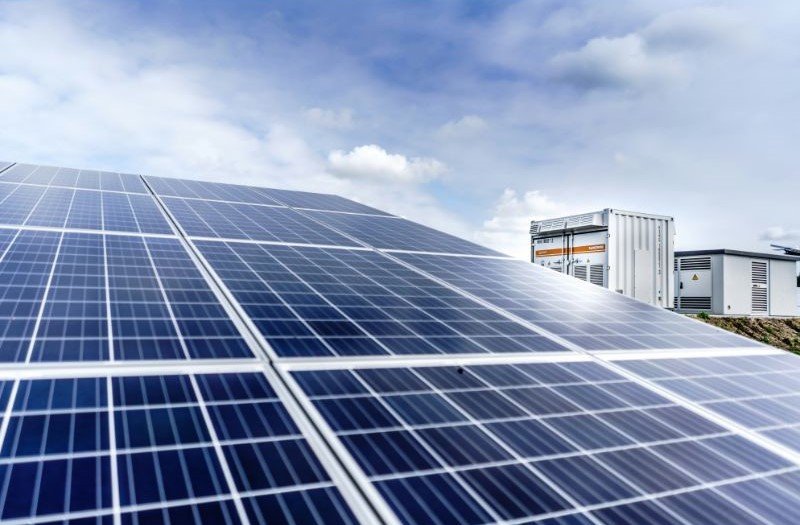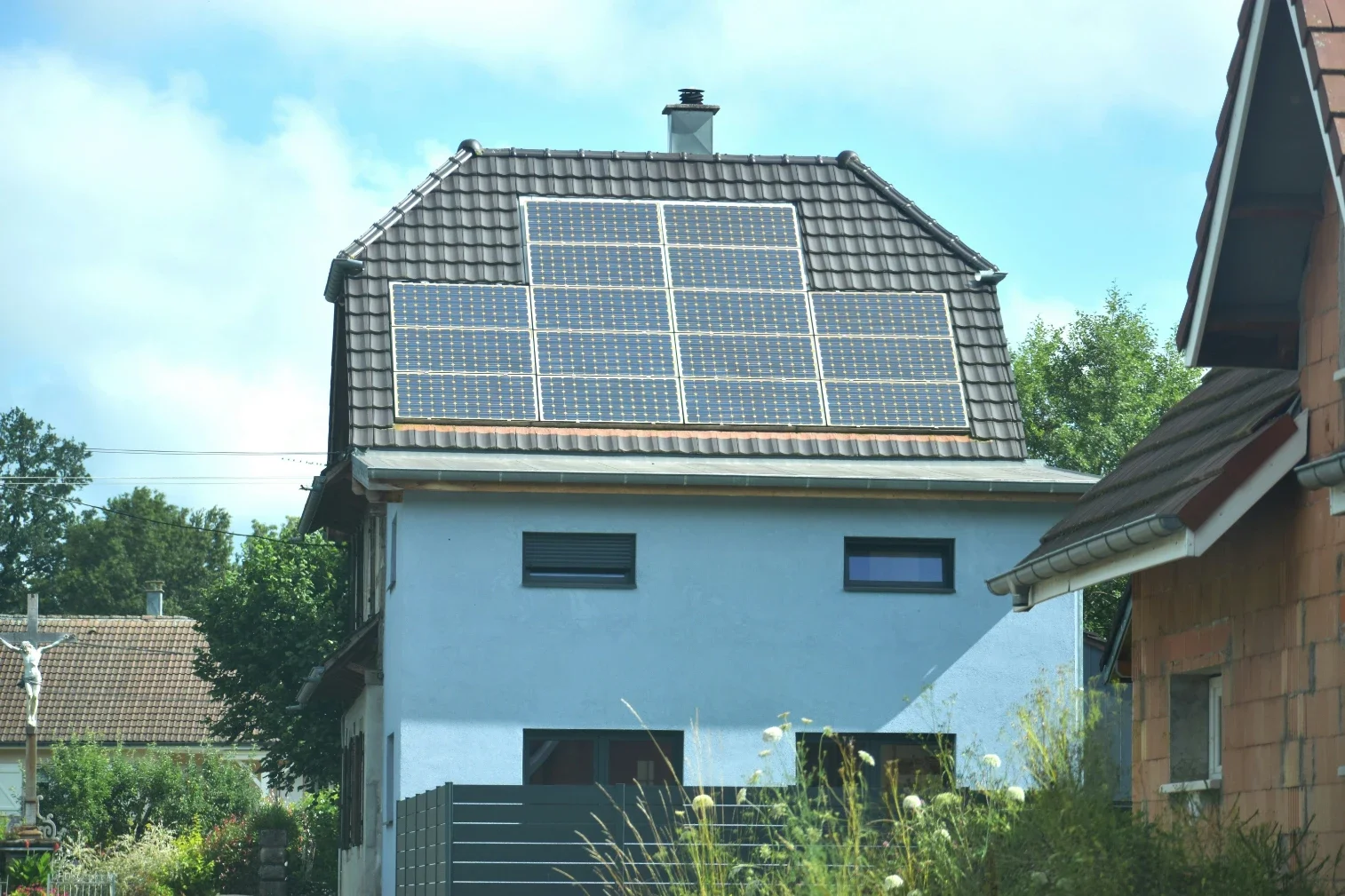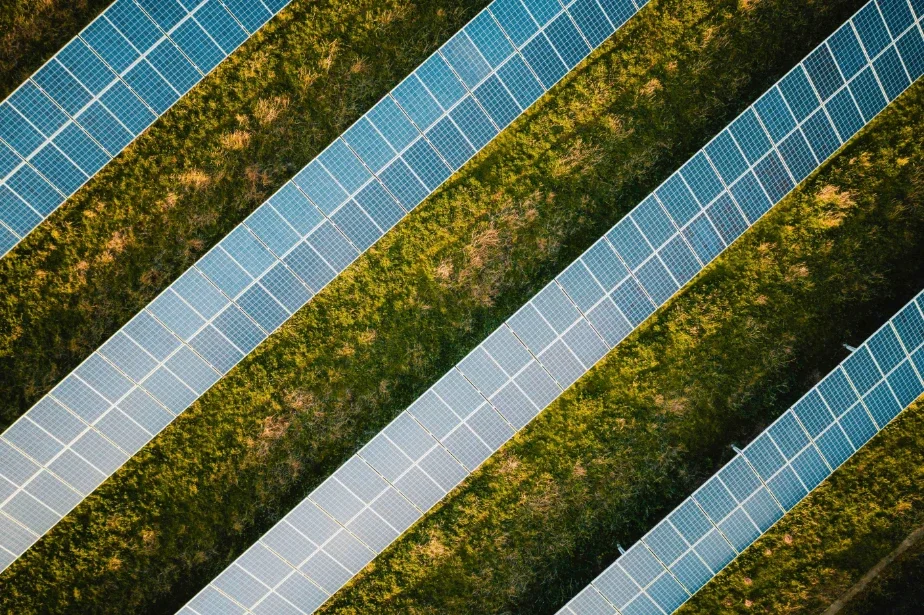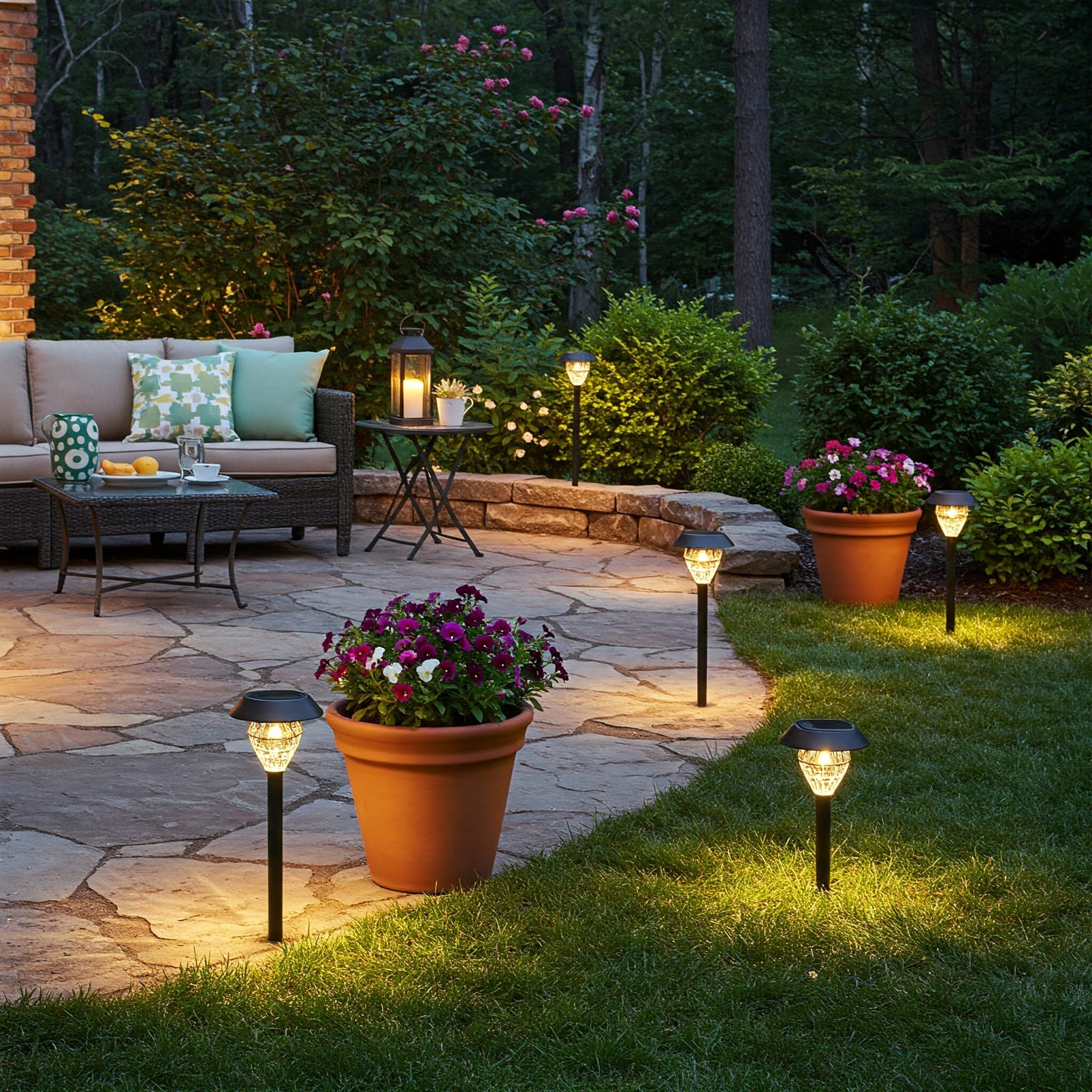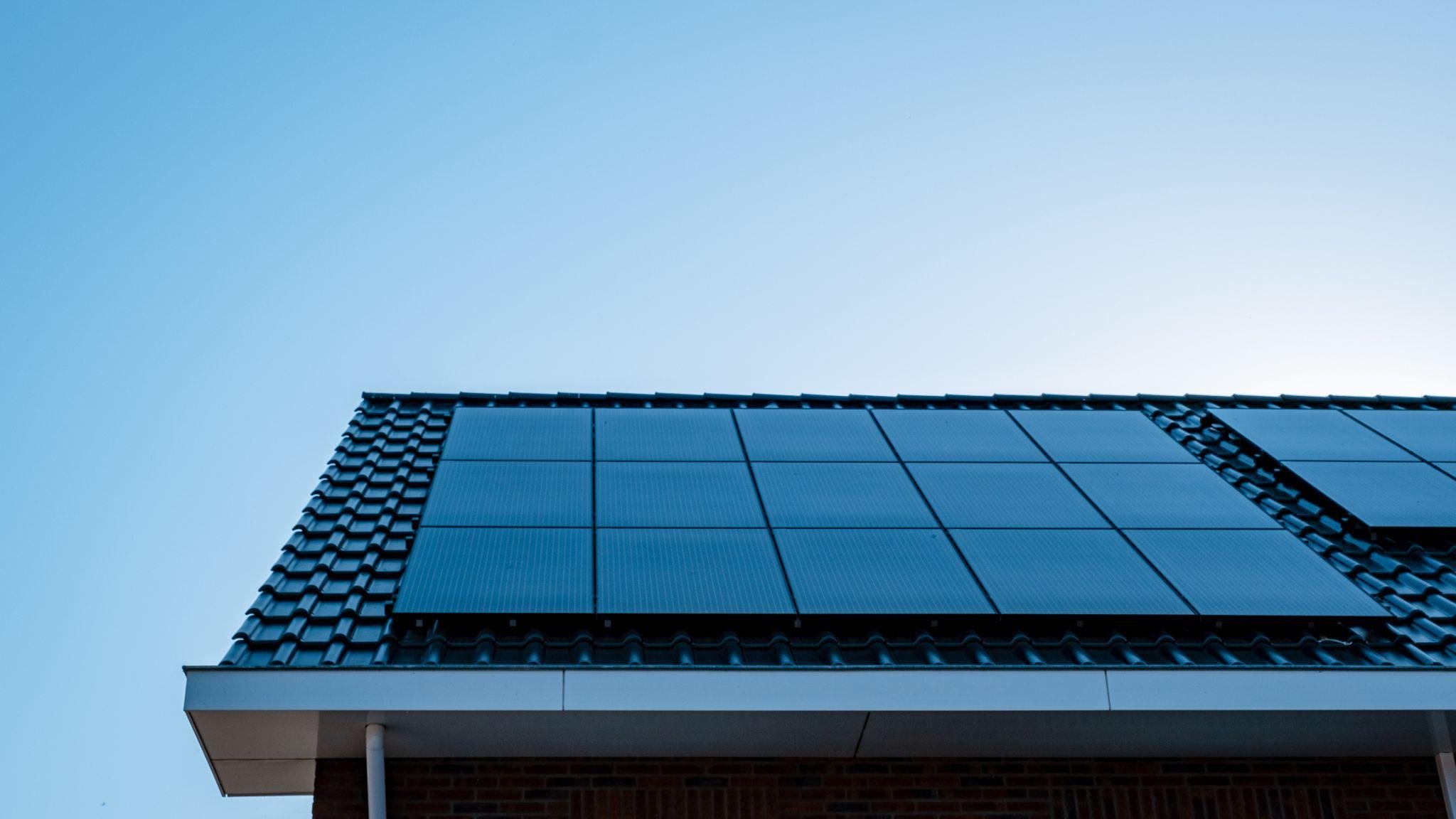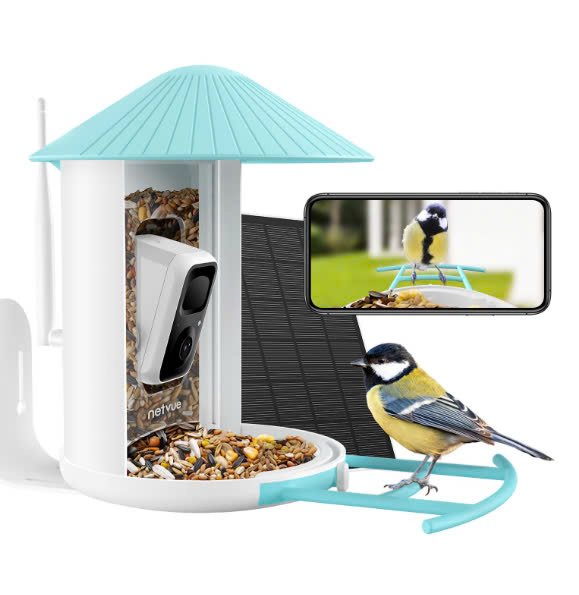How to Create a Stylish and Sustainable Home with Solar Energy in Mind
Discover how to design a stylish, eco-friendly home by integrating solar energy solutions that boost efficiency, reduce costs, and enhance comfort.
Creating a home that is both beautiful and environmentally responsible is more than just a trend—it’s a lifestyle choice that reflects a growing awareness of our impact on the planet. As more people seek ways to reduce their carbon footprint while enhancing their living spaces, the integration of solar energy into home design has become an essential component of modern sustainable living. From clean energy benefits to sleek architectural elements, homes powered by solar are redefining what it means to live stylishly and sustainably. Incorporating systems like Smart Solar Energy into your design not only helps lower utility bills but also aligns your home with the future of energy-conscious living.
The Intersection of Style and Sustainability
The misconception about green design is that environmental responsibility leads to unattractive homes. Solar energy systems currently exist in their most refined state possible. Solar panels now serve as roofing accessories, featuring modern, minimalist designs that complement contemporary architectural styles. These functional solar systems can strategically enhance a contemporary house's interior while generating renewable energy.
Homeowners who select their panel type and properly place it will achieve both visual coherence and optimal sunlight capture. Sunlight usage for sustainable design goes beyond solar panel installation. Using skylights, sun tunnels, and solar tubes enables homeowners to reduce their reliance on artificial lighting during daylight hours while creating a comfortable indoor environment that enhances the interior ambiance. The combination of energy-efficient windows and light-colored reflective materials makes solar design an effective force for both aesthetic shape and functional performance.
Your design sensibility should guide the choice of sustainable materials used in your home. The use of reclaimed wood along with bamboo and cork, and recycled metal in construction creates rooms that have environmental support, textural charm, and warmth. The combination of low-VOC paints, non-toxic finishes, and sustainably sourced furniture creates a healthier indoor environment that complements an elegant and harmonious style.
Designing with Solar Energy in Mind
The proper orientation stands as a fundamental aspect when planning or rebuilding a home for solar power integration. The best orientation for home placement in the Northern Hemisphere should be true south. In contrast, southern homes need actual north exposure to maximize solar energy capture throughout the daily sunlight hours. The passive solar approach serves as an energy efficiency method that enables seasonal heat management, promoting year-round home efficiency.
A roof should have its pitch aligned according to the latitude of your location while maintaining unobstructed sunlight by clearing away nearby tree branches or buildings. Functionality plays a crucial role alongside aesthetics in delivering the most effective solar investment results. Designers today possess the skill to embed solar panels within roofing materials, such as tiles or shingles, which allows solar panels to blend seamlessly with architectural designs.
The combination of solar systems with energy-efficient appliances, smart thermostats, and LED lighting enables homeowners to reduce their energy usage and related expenses within their homes. The addition of solar battery storage systems provides homeowners with the advantage of storing solar energy during daylight hours, which they can utilize when the sun sets or during power outages. The combination of solar power with grid reduction leads to higher home values while making properties more resistant to power outages.
The process of retrofitting existing residences with solar power systems has reached a point of maximum accessibility. The current solar systems feature modular design elements that enable users to begin with small installations that can be expanded through additional components as energy requirements change. Older homes can benefit from solar energy through efficiency improvements, which include insulation upgrades and window glazing, and energy audit services that do not require large-scale reconstruction.
Elevating Your Eco-Lifestyle
The infrastructure of solar-powered homes represents only part of the experience, as the lifestyle requires deliberate choices to preserve the environment. Your sustainable landscape efforts should include the installation of native plants, the creation of drought-tolerant gardens, and the installation of rainwater collection systems to minimize environmental impact and increase your home's attractiveness. Your design strategy, which seamlessly combines interior spaces with outdoor areas, utilizes natural light and ventilation elements to minimize dependence on artificial climate control systems.
The sustainable values you hold can be expressed through your interior design choices. Select items with enduring value rather than items that reflect short-term design fads. Vintage decorative pieces and locally produced items are better choices than mass-produced decorations. Your home achieves a meaningful and inspirational status when it expresses simplicity and intention, creating an environment that fosters sustainability.
Smart home technology helps maximize energy consumption efficiency. The automation system operates lights through time-based settings and adjusts blinds according to the sun's position while monitoring your energy efficiency. Your solar system integration enables complete environmental control of your home with modern technologies that deliver both convenience and luxury benefits.
Conclusion
Achieving a sustainable modern home design becomes achievable through solar energy when it serves as the central design element. Modern technologies, combined with materials, enable homeowners to integrate contemporary energy solutions with classic and elegant designs. Through the combination of Smart Solar Energy systems with eco-friendly materials and comprehensive energy planning, homeowners can build stunning living environments that protect their environment equally as they do their residents.
